UV-C Air Treatment Brings A Bright Future to Cannabis Producers’ looking to Mitigate Powdery Mildew
As a cannabis producer, mitigating mold and powdery mildew, and generating higher yields should be a top priority. For cannabis cultivation, UV-C LED devices offer a potentially useful range of options. It is possible to create products that target pathogenic bacteria at several crucial stages of the growing, harvesting, and product storage cycles. The cannabis business may make great strides towards adopting sustainable agriculture methods and getting closer to attaining chemical-free procedures with the help of the same goods.
Cut Cleaning & Chemical Costs
There are two proposed actions to lower microbial pathogens. The first involves UV-C air treatment being installed in-duct, or in the coils of your facilities’ HVAC system. An acknowledged and affordable approach for enhancing HVAC system cleanliness and germicidal air treatment is the use of UV-C in HVAC. The number of harmful microorganisms and their ability to spread is decreased when a UV-C system is integrated into the HVAC system. This system continually disinfects the air that is brought into and circulated inside the space. The cannabis plants are given a non-toxic UV-B treatment as the second advised stage in the growth area. The plant can adjust to UV-B because its UV-B photoreceptor is connected to a particular chemical signaling pathway. At this circumstance, the plant cells are continually evolving to fit shifting requirements and environmental challenges, including hardening their defenses against pathogen contamination.
Reduces pests
Plants are dynamic beings and react after absorbing information from their surroundings. Some UV wavelengths cause plants to activate defense mechanisms that ward off pests and warn other plants of approaching predators. The protective substances improve the plant’s flavour, colour, and THC and CBD concentrations while deterring bugs from eating it. UV light may be used by growers to simulate natural circumstances and cause domesticated plants to behave as though they were still in the wild. Additionally, some research suggests that the interaction of UV-B and PAR, even in older plant leaves, might result in higher concentrations of defensive chemicals. Whitefly and thrips, which are particularly harmful pests that love older plants, are discouraged by these higher concentrations.
Accelerate the growth process
Furthermore, the germination process—when seeds are planted in the ground—is sped up by UV light. By moving seedlings to more intense light sources, growers may get their plants ready for high-intensity lighting. Early-growth UV exposure shortens the shock period, which accelerates the growth process. UVA light increase secondary metabolite activity UVA has been proven to boost the yield and secondary metabolite accumulation of indoor cultivated lettuce. Not only lettuce, many plants, including cannabis, have been demonstrated to have increased secondary metabolite activity when exposed to UVA radiation. Cannabinoids like THC and CBD as well as terpenes, gives cannabis its unique scent, and is considered to be the most significant secondary metabolites from the standpoint of a cannabis producer. As of now, it is known that the ability to control terpene and THC yields depend on the environment, diet, and genetic alteration, but UV light exposure is one environmental component that is sometimes overlooked in current cannabis production setups. People who are exposed to UV radiation create melanin, which acts as a natural defense against UV exposure. Similar to us, plants produce their own natural sunscreen. Enhanced trichome and cannabinoid synthesis (CBD, THC, and many others), together with increased terpene production, are two mechanisms that cannabis plants use to deflect harmful UVB rays. While both UVA and UVB light exposure is necessary for the production of these natural sunscreens, only UVB light may harm the plant’s DNA. The photomorphogenic response is still triggered by UVA, which is the least harmful to plants and most unlikely to harm them. In order to boost terpenes, antioxidants, flavonoids, THC, CBD, and vitamins while minimizing plant damage and worker skin cancer, plants grown inside can be exposed to UVA light. For this reason, it is the most effective UVA and UV-C light for indoor growing.
Prevent Powdery Mildew
The DNA-based molds and bacteria, and others that afflict increasing plant life, including cannabis plants, can be controlled by UVC. Since the 1850s, it has been employed to render DNA-based bacteria inactive. The mold spores and bacteria are destroyed by the UVC light by attacking their DNA/RNA, which prevents them from reproducing and turns them into harmless, tiny dust. In the same way it affects other DNA-based microbes, an appropriate dose of UVC light will have the same effect on Powdery Mildew and Bud Mold: it will destroy their DNA, making them unable to reproduce and, as a result, no longer viable. In many applications, the target level of bacteria elimination is 99.9% or 99.99%; anything beyond that level is considered a bonus. Therefore, UVC therapy will still somewhat diminish Powdery Mildew and Bud Mold even if you are unable to entirely eradicate them. Moreover, if a farmer attempted to address Powdery Mildew that was already obvious, it was probably too late because the observable symptoms appear a long time after infection. The Powdery Mold will reappear unless the producer continues to treat the plants throughout the growth cycle, according to the most recent study, which shows that applying UVC to the surface of cannabis plants does not effectively end the epidemic. Besides that, there is still a possibility that the growth output will be tainted and fail testing. Generally speaking, UV light offers the producers the ability to use natural processes perfected through millions of years of evolution, enhancing the quality and quantity of their crops while saving money over the long run and minimizing the need for artificial fertilizers and chemicals. If you want to improve your cannabis yields and mitigate powdery mildew, UV-C is highly recommended for your cannabis production facility.
For more information: https://covspect.com/bio-store
Written by Pathologist, Yuqi "Christy" Ouyang & Steve Grabenheimer
Sources:
https://uvsolutionsmag.com/articles/2020/opportunities-for-application-of-uv-b-and-
uv-c-devices-in-cannabis-grow-facilities/


